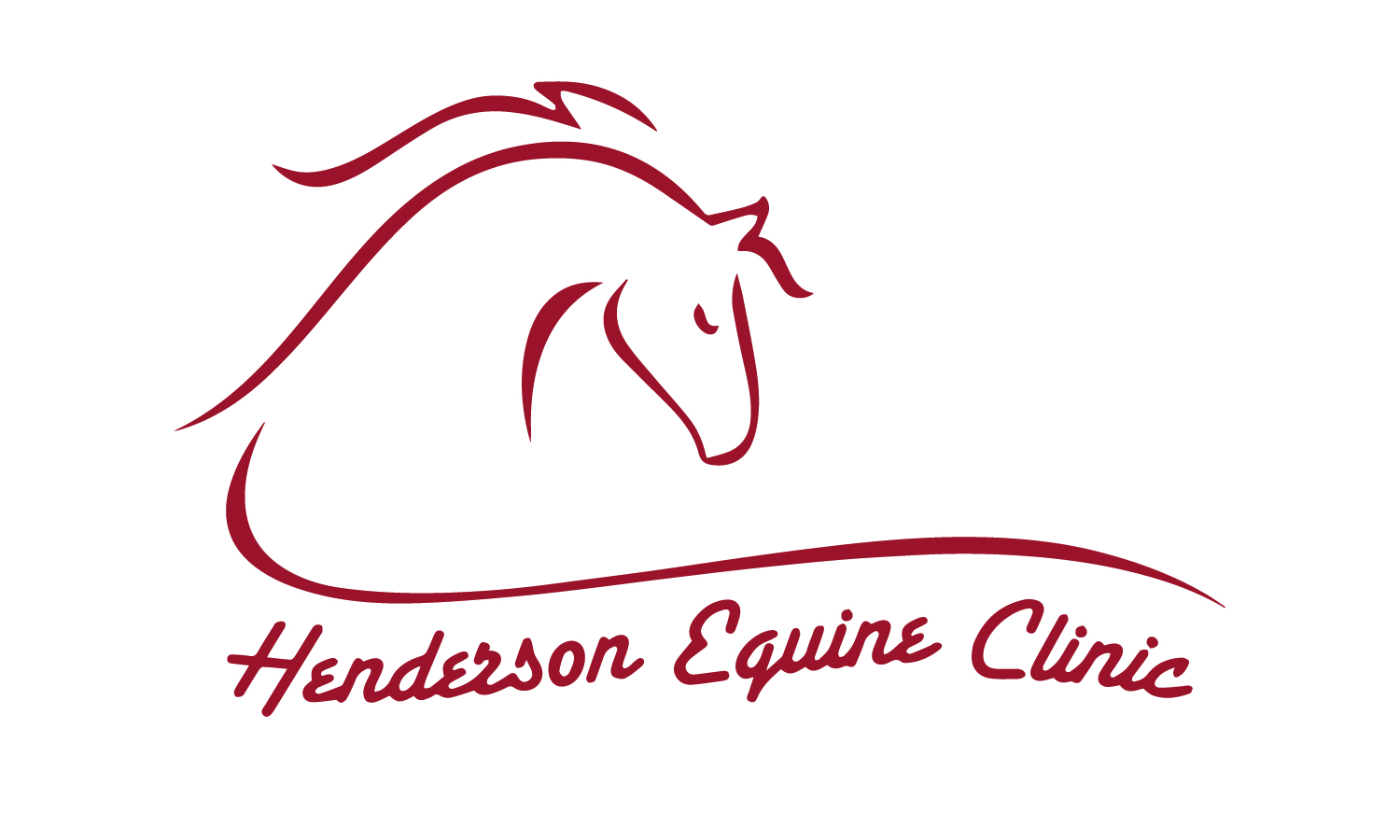When your horse isn’t quite himself, we can employ a range of different technologies to find the route cause. All of these can be performed on-farm or in our clinic. These diagnostic strategies allow us to ensure our subsequent treatment plan is targeted in the most effective way.
Laboratory Testing
We provide in-house laboratory services, such as CBC, Chemistry, SAA, lactate, culture & sensitivity, and fecal egg counts. We also work with outside laboratories to provide a variety of other diagnostic tests, such as tick borne or infectious disease titers, endocrine testing, and biopsies.
Ophthalmology
The evaluation and treatment of the large animal eye is a unique field. Horses have fairly sensitive eyes; a small ulcer that would heal without treatment in a cow or dog may blind a horse if left untreated. We are prepared to examine and treat a variety of equine eye problems, including corneal ulcers, uveitis, glaucoma, and eyelid lacerations.
Video Gastroscopy
Gastroscopy involves visualization of the inside of the horse’s upper gastrointestinal tract in order to diagnose equine gastric ulcer syndrome (EGUS), a common and generally painful affliction, especially found in performance horses. Our 3 meter gastroscope (flexible video endoscope) allows us to pass a camera up the nostril, down the esophagus, and into the stomach to directly exam the stomach lining. This helps us tailor our recommended treatment by targeting the specific kind and grade of ulcers your horse may have. We can provide serial gastroscopies in order to track progress with our treatment plan. Our gastroscope is portable and can be used on-farm or at our clinic.
Digital Radiography
Our portable digital radiography (X-ray) machines allow us to image bones and joints on the farm or in clinic and get results immediately. We utilize this technology in conjunction with lameness, pre-purchase, and dental exams, in order to enhance our diagnostic power and provide the most informed treatment possible.
Ultrasonography
Ultrasound uses sound waves to create a picture of soft-tissue structures. We can use our ultrasound machine rectally to image the uterus of a mare, which is helpful for identifying or assessing the health of a pregnancy. We can also use it to image tendons and ligaments of the limbs, to identify strains or "bows". We can also use the same probe to get a good picture of the surface of the lungs, and the outer area of the abdomen. This can help us diagnose pneumonia or even colic in some cases.
Portable Airway Endoscopy
We are equipped with a 1 meter endoscope, which is ideal for upper airway imaging. We pass the endoscope up the nostril, through the nasal passage and to "nasopharynx" which is the air-filled cavity just before the larynx. Here, we can document the movement of the larynx (to check for "roaring" or decreased movement of one or both sides of the larynx), the position of the epiglottis, and the general health of this region. Additionally, we can pass the scope into the gutteral pouches, which are normally air-filled structures on either side of the nasopharynx. The gutteral pouches are home to several very important structures such as cranial nerves and arteries, which can become damaged or infected.
Thermography
Infrared Thermal Imaging can be used to detect heat asymmetries, which indicate areas of increased workload or inflammation. We can use this information to identify early signs of strain in your horse’s body, uncover abscesses, as well as evaluate saddle fit. Read more by following this link.
Saddle Fitting
How your saddle and other tack fit your horse can have a huge impact on his movement, comfort level, and ability to perform. A poor fitting saddle can cause back problems which may be manifested subtly. Signs include resistance to being girthed, swishing tail while being mounted or girthed, a hollow back during riding, or poor performance. See how we can evaluate the fit of your saddle and make recommendations on how to keep your horse (and you!) as comfortable as possible.


